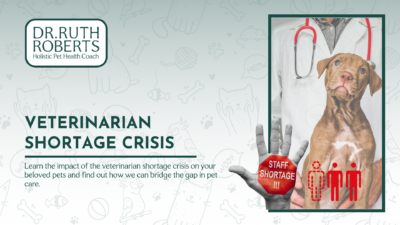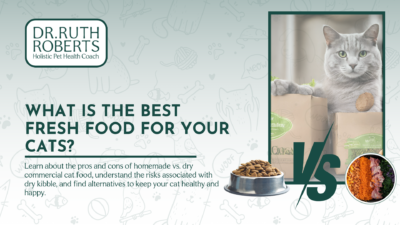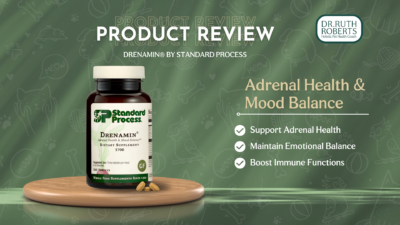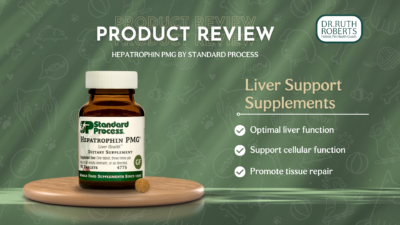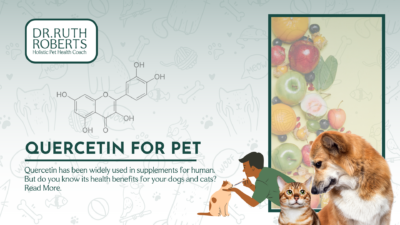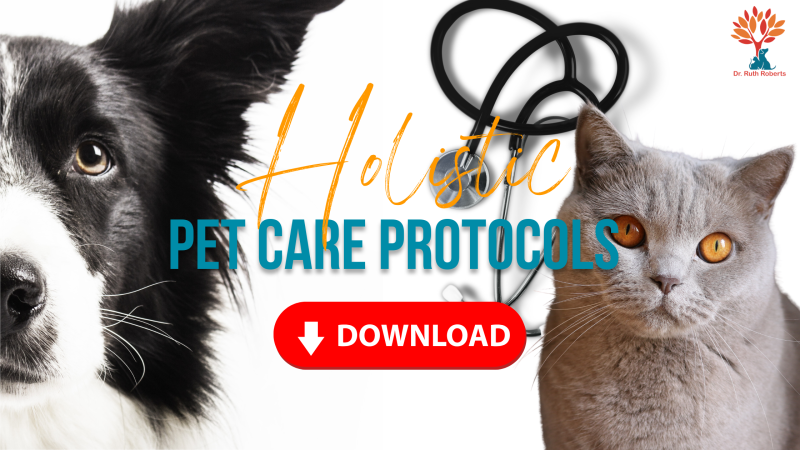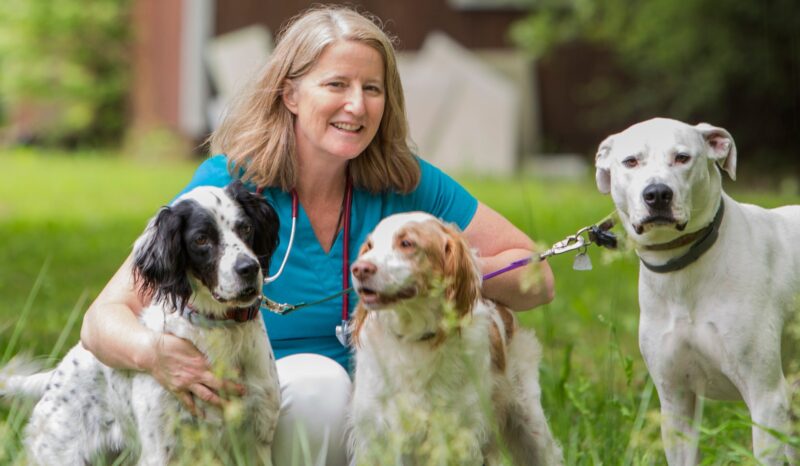Dental hygiene is critical to your pet’s overall health and well-being, and professional cleanings are a crucial component of a regimen that will keep your mouth in good shape. Dental cleanings make pet parents concerned since it implies their furbaby will be put under anesthesia. Anesthesia for pets carries a number of dangers. However, there are techniques to ensure that it is done as safely as possible, ensuring that your furry friend emerges from their dental cleaning with shining pearly whites.
Know what are the signs of dental problems in dogs.
How well do you know your vet?

The most crucial aspect of safe anesthesia for pets is the relationship you have with your pet’s physician. It’s critical to be able to trust your veterinarian, their advice, and their practices. Always be on the same page with your veterinarian when it comes to your values and the treatment of your pet.
Don’t disregard your gut if you get a bad feeling about your vet (or their methods), or if you don’t trust what they’re telling you. Consult with other pet parents you know and trust, and spend some time looking for a veterinarian who makes you feel confident and safe about your pet’s care. This is especially crucial for elderly pets, as you want to make sure they’re in the hands of a vet who is truly skilled at what they do and confident in their abilities.
Is your pet in good health?
Once you’ve found a fantastic veterinarian to clean your pet, you’ll want to make sure your pet is a good candidate for anesthesia. Even if your pet is ten years old or older, anesthetic is likely to be safe for them. To be sure, your veterinarian should do a few tests.
Make sure your pet has received recent bloodwork as one of the first things you should do. Even if your pet appears to be in good health, having their internal organs checked will guarantee that they can handle the anesthesia and drugs used before, during, and after the treatment. A well-looking blood panel is a sign that your pet is in good health!
If your pet is older than ten years old, your veterinarian should consider taking chest x-rays before administering anesthesia. It’s not uncommon for an animal to have an undiscovered heart murmur or other heart issues. Even if your pet has a cardiac condition, an anesthetic is still an option for them. It simply implies that it should be.
What are the tools and protocols in use?
After your pet passes those first exams, you’ll want to double-check your vet’s anesthetic practices and protocols. The manner drugs and anesthetics are administered is critical, and your pet must be attentively monitored at all times.
Catheter IV
Before the dental operation, your pet should be given an intravenous catheter. An IV will be placed in your pet’s front leg by an expert technician, allowing drugs to be supplied securely and efficiently before, during, and after the treatment.
Your pet may require intravenous administration of a variety of drugs. Propofol is a powerful induction drug that I’ve always preferred to employ to begin the anesthetic procedure. This medicine has a short half-life, making recovery from anesthesia for pets considerably easier – but it must be administered intravenously.
Antibiotics and pain relievers will most likely be provided to your pet.
Fluids
Ensure that your pet receives IV fluids during their operation. Proper hydration is critical during this time to keep your pet steady while cleaning and to make them feel much better when they wake up. If your pet has a health problem, such as kidney illness, it’s a good idea to give them fluids before, during, and after the treatment. Giving your pet enough hydration at a modest rate will protect their kidneys and ensure that any waste products are cleared out swiftly and effectively.
Intubation
The majority of veterinarians who perform dental cleanings follow this technique but make sure your pet is intubated during the surgery. This means that an endotracheal tube is inserted into your pet’s airway, supplying oxygen as well as the gas anesthetic that will keep your pet safe while the cleaning is performed. Low oxygen levels are harmful to the brain and the rest of the body, thus this step is critical.
Is your pet under constant surveillance?
As soon as your pet has their IV catheter and their first dosage of medication, they should be under the constant supervision of an expert veterinary technician.
It is critical that a technician dedicated only to monitoring anesthesia is present throughout any surgery requiring anesthesia for pets. This person is in charge of keeping an eye on your pet for a number of indicators that indicate the level of anesthesia. This includes things like consistent heart and respiration rates, eyeball position, jaw tension, and other indicators that the anesthetic is acting effectively.
This is critical since this person will now be your pet’s protector while it is anesthetized. The idea is to administer just the right amount of anesthesia for the treatment. It’s evident that too little anesthetic isn’t a good thing because it could make the cat uncomfortable. If you have too much anesthesia, it can be tough to come out of it. It’s a delicate balancing act that must be done with care and precision. With no other jobs or distractions, a technician monitoring anesthesia for dogs is crucial to their safety.
Even after your pet’s cleaning is complete, their technician should keep a careful eye on them to ensure that they are healing appropriately.
Is there effective pain management?
Dental cleanings are far more important for pets than they are for humans. Extractions and scaling of the teeth, which extend well beyond the gum line, are frequently used. While both of those factors are unpleasant in and of themselves, your pet’s pain must be addressed appropriately.
How do you manage pain & discomfort at home?
Assisi Loop is a miracle loop that has been know to treat many health issues. Check out Dr. Ruth’s review about the Assisi Loop.
How to Use Assisi Loop to Reduce Dental Pain & Discomfort in Cats & Dogs
Both before and after the surgery
Pets who require several extractions will require far more pain management during and after their surgery than those who merely require a cleaning. To numb the nerves around the face, a local anesthetic, or nerve block, can be applied (much like your dentist uses if you’re having work done). This may reduce the number of additional anesthetic medicines required.
Your veterinarian may also utilize drugs such as hydromorphone, a narcotic that is occasionally used before even anesthetizing this patient. This makes the pet feel more relaxed because their pain is already under control before the surgery begins. As a result, fewer medications are required for induction and maintenance of anesthesia: less propofol for induction and less Sevoflurane gas for maintenance. There are a variety of ways that may be utilized to reduce the usage of potentially harmful medications.
Following anesthesia,
Make sure your pet is getting plenty of effective pain medication after surgery that is appropriate for the procedure. If Fluffy has numerous teeth pulled, pain medication will be required for the next five to seven days, as well as antibiotics.
In my practice, one of the things we did to aid with pain control was to inject B12 into multiple acupoints shortly after surgery. It seemed to speed up the recuperation of the pet, and many of our clients reported that their pet was back to normal the next day – which was fantastic! It’s astonishing how a pet may go through anesthesia (especially if they’re elderly or have multiple teeth removed) and wake up the next day as if nothing happened. The purpose of excellent anesthesia is to do this.
Don’t be afraid to ask questions.

Anesthesia for pets is, in general, a sensitive procedure. Your pet will recover quickly from their dental cleaning and have sparkling white teeth to show for it if done correctly, with no injuries or adverse effects. However, if your veterinarian isn’t following proper safety procedures or doesn’t have enough technicians on staff, your pet could be in danger.
So don’t be shy about asking a lot of questions. You have the right to know everything about your pet’s surgery, right down to the last detail. You are your pet’s best advocate, and as pet parents, it is our responsibility to ensure that they receive the finest and safest treatment available.
I’m always delighted to give my opinion on your pet’s treatment and assist you in making the best decisions for their care.
If your pet requires dental care and you are unsure where to begin, Joining group coaching will be a great benefit to you and your pet. You don’t have to go it alone when it comes to this frightening topic; together, we can keep your pet healthy, safe, and happy.
iPets Ally gives you direct access to Dr. Ruth Roberts, a leading holistic integrative veterinarian with over 30 years of experience. She’s worked nationally and internationally 1 to 1 with clients
to help their pets.
Every week, you can ask Dr. Ruth questions about your pet’s specific health challenges, in a live and interactive broadcast. If you can’t make the broadcast time, there’s always a recording, plus a written transcript and downloadable audio so you can learn when and where it’s convenient for you.
Try IPETS ALLY ULTIMATE $1 for 1 week and make pet parenting easier.


